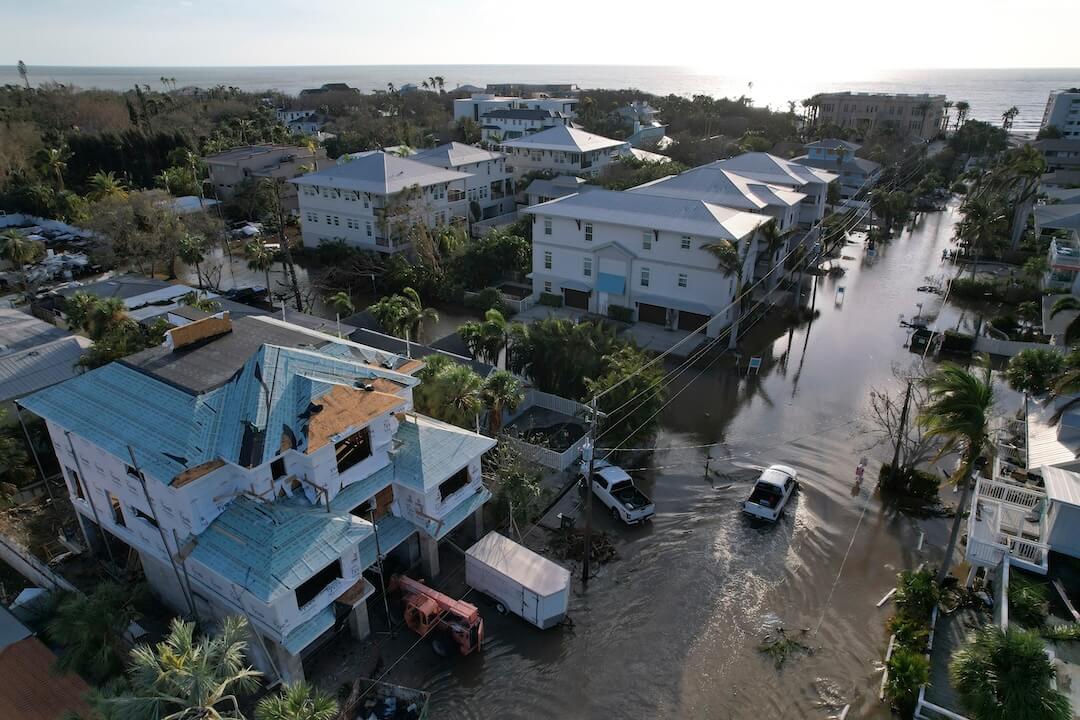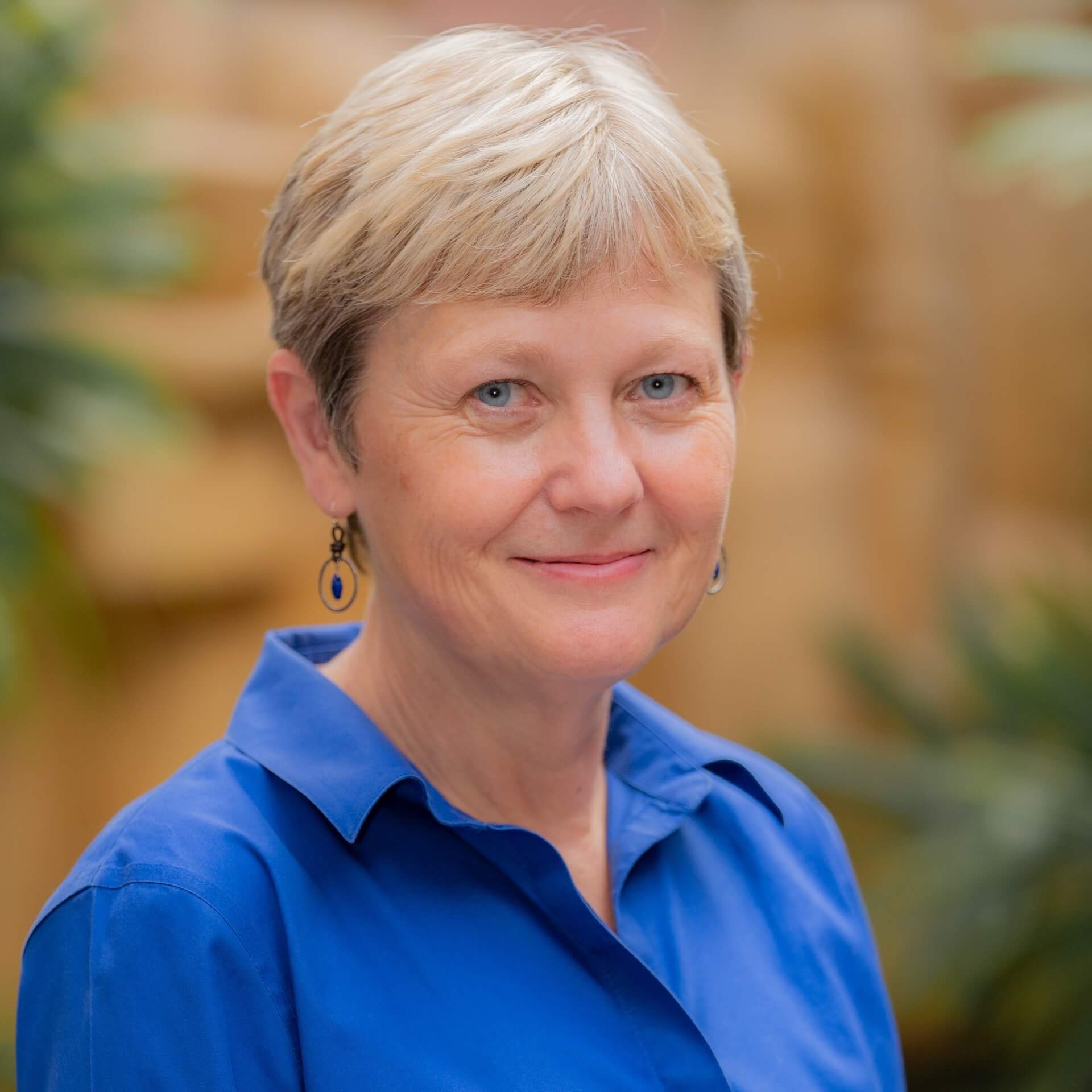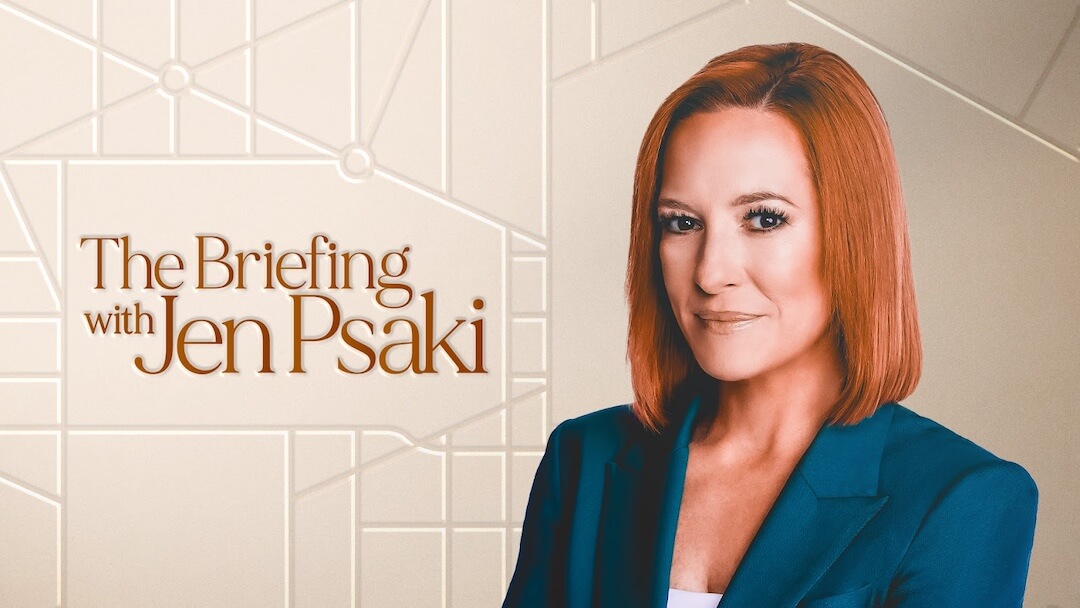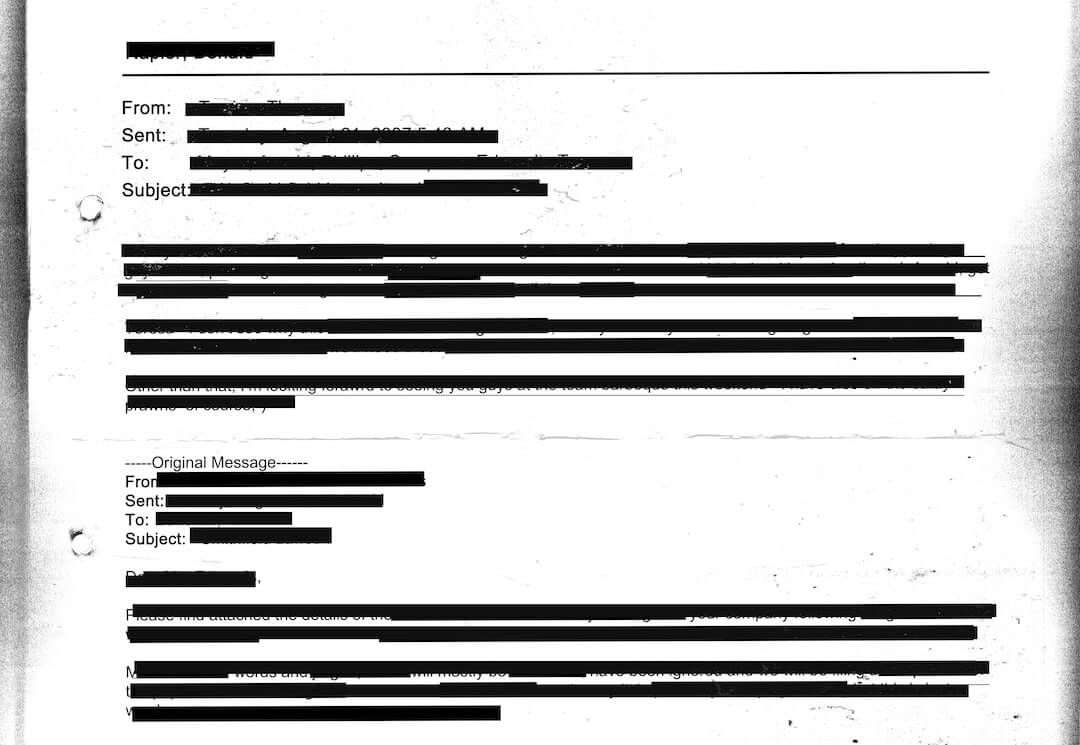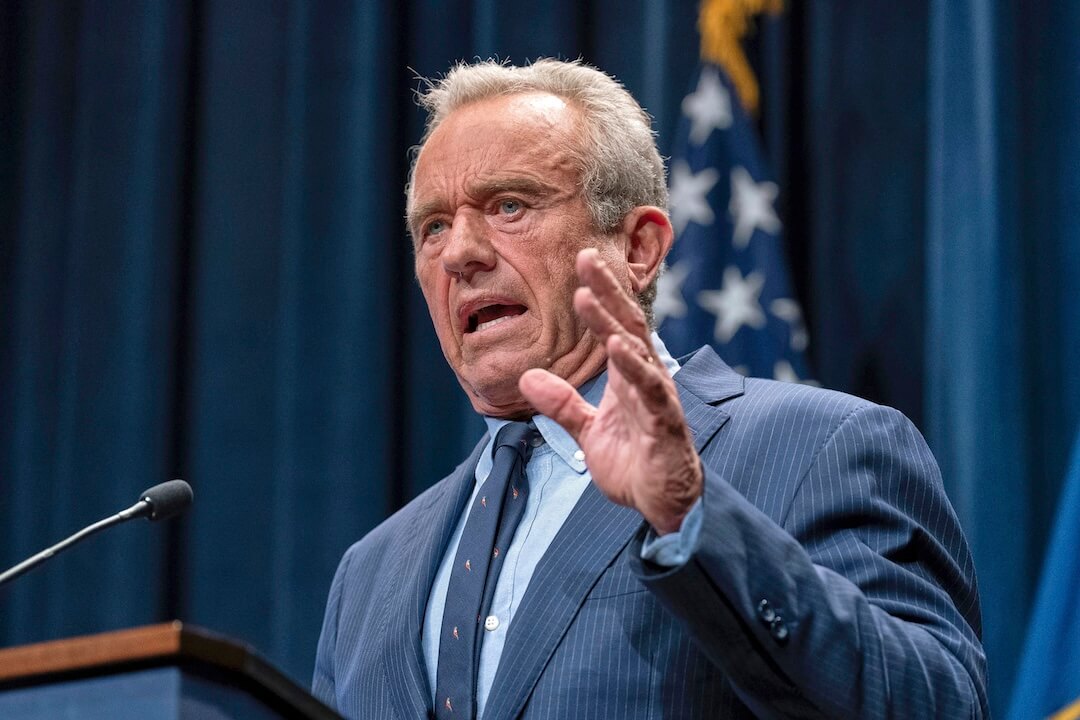If you followed coverage of Hurricane Milton’s landfall on Wednesday night, you might have heard the phrase “dodged a bullet” a lot.
Ask the people in Grove City and on Manasota Key, where homes have been wiped from their foundations, if they feel like they dodged a bullet.
For days leading up to the storm, local and national news coverage focused on a threat to Tampa and St. Petersburg that none of us have seen in our lifetime. The Tampa region is one of the most vulnerable in the world to the storm surge a major hurricane brings. Both cities could be inundated with water. So the urgent warnings and tense anticipation about what would happen there made sense.
But longtime Floridians know that the impact of hurricanes is all about the wobble, those last-minute turns that are a savior to some communities and an unholy disaster for others.
When it has happened, it historically has moved a storm away from a major metro and into smaller, less well-known cities and communities that don’t have many — if any — sources of truly local broadcast news. We’ve seen it happen, time after time: Charley, Frances, Jeanne, Idalia, Ian and now Milton. Just two weeks ago, Helene was forecast to hit Tallahassee and instead came ashore in Perry, less than an hour southeast.
On Wednesday night, as winds with gusts over 100 mph slammed into places like Anna Maria Island, Siesta Key, Sarasota, Venice and Manasota Key, residents were reaching out to Tampa television Facebook pages asking for specific, detailed information about what was happening to them. When will it end? How high is the wind? Is storm surge coming?
The questions implicit in those posts were: Am I going to lose my home? Am I going to die?
It was excruciating to watch people pleading for information during what will be a memorably terrifying night as they rode out the storm — most of them in areas that were not under evacuation orders. The primary focus, both for Florida stations and nationally, was Tampa/St. Petersburg.
In journalism, we’ve talked a lot about news deserts. Those conversations have focused on the decline and even death of local newspapers. But we also have local television news deserts. And that is a very real, life-threatening problem when a big storm comes to Florida.
Florida is a giant state with three of the top 25 media markets in the country. Tampa/St. Petersburg is the biggest of those, the 11th largest U.S. market with 1.9 million TV households. The network affiliates there also serve Bradenton/Manatee County and Sarasota/Sarasota County. Those aren’t small places: The combined population of those two counties is nearly 1 million. On the state’s east coast, communities like Stuart and Fort Pierce get much of their news from stations in West Palm Beach. Those communities have a population of over 500,000.
It’s not that there aren’t local television stations in some of these smaller markets. Sarasota has an ABC affiliate. But the metro markets overshadow these smaller ones in both their massive footprints and in the level of reporting resources and meteorologists.
That means that the overwhelming majority of television viewers are tuned into news that is coming from places 50 miles away. And 50 miles might as well be a million when it comes to the loss of property and life when a storm makes landfall. When the world — and hurricane evacuees — woke up Thursday morning hungry for visuals of how each community fared, there was little information from the worst-hit areas.
The coverage of St. Pete and Tampa is crucial, of course. Journalists need to report when the roof comes off a baseball stadium, a crane crashes into a downtown building and there’s flooding all over town. Bay area residents are wondering what streets are safe to drive on, how long they’ll be under boil water advisories and when they can cross bridges to check on properties on the barrier islands. And people around the country want to know how the places they recognize fared. But if Milton had wreaked the havoc on St. Pete Beach that it did on Manasota Key, the country would be waking up to that news. Instead, the message is that the bullet was dodged.
This isn’t intended as an indictment of the excellent meteorologists in Tampa who stay on the air literally for days on end and engage deeply with their audiences on social media, particularly Facebook. Those of us who do live or have lived in places like Sarasota know these people by name, and we place great trust in them. They provide expert guidance in the days before the storm and as it approaches our coast — certainly offering more useful, measured support than the more sensational national channels. They help viewers make urgent, impossibly complex decisions about how to protect themselves, and it’s not uncommon to hear people say they trust these meteorologists with their lives. Perhaps most importantly, we know that they have as much at stake as we do. They are doing this work as they worry about their homes, their families.
The team at Trusting News, where Joy is the executive director, talks a lot about the signals journalists send about who news is for. Who is “we”?
This is one of those times when “we” were the people in the dark, in the wind, seeking information about a harrowing experience that was happening in real time. In the lead-up to Milton, Tampa meteorologists forecast up and down the coast, treating the whole Southwest Florida stretch as “we.” In the aftermath, the “we” cone felt like it narrowed.
It’s a stark example of what it means to be in a television news desert. News deserts in proximity to major television markets aren’t just a Florida thing. As a friend and former Sarasota journalist noted: If a tornado happens in southern Indiana, coverage often comes out of Louisville. This also isn’t just a problem for natural disasters. People who live two hours from a major market are accustomed to being undercovered. The concentration of journalists in urban areas is unavoidable.
But when the stakes are highest and critical information is most needed, it’s especially vital that journalists reflect on the question of who they mean by “we.” If they provide local news, what do they mean by “local”? Who might live just a little too far away to be included? And is there another market of journalists on their other side who are including them, or are they just out of luck?

